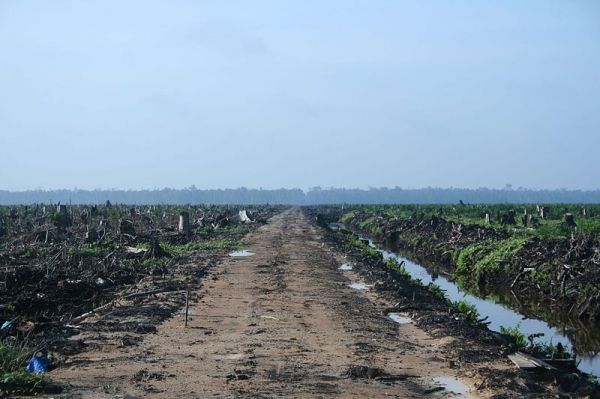
Driving from Medan, Indonesia’s third-largest city, to Lake Toba, the world’s largest volcanic lake in the central highlands of Sumatra, the extent of the country’s deforestation becomes numbingly clear. For hours, a visitor passes plantation after plantation — here palm oil, there paper pulp — all the way to a small, protected forest ring around the lake.
>> Read the Full Article

 ENN
Environmental News Network -- Know Your Environment
ENN
Environmental News Network -- Know Your Environment